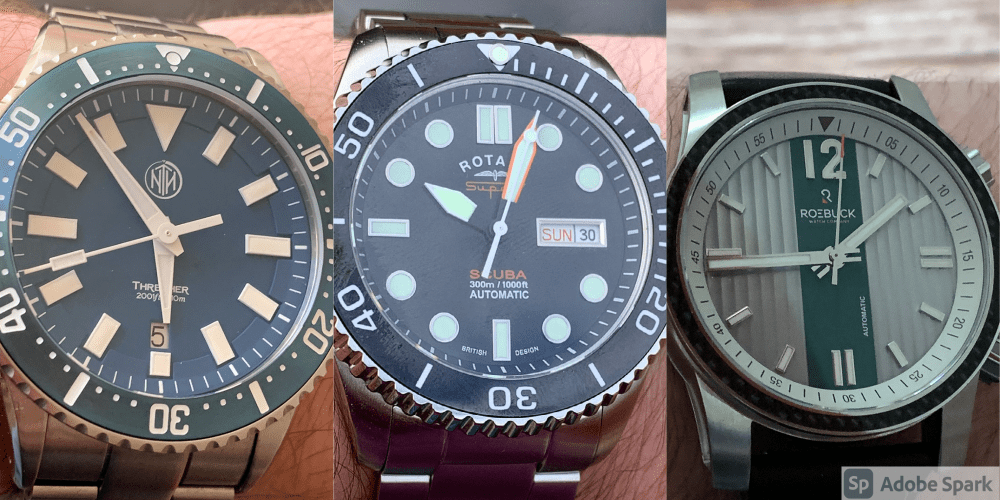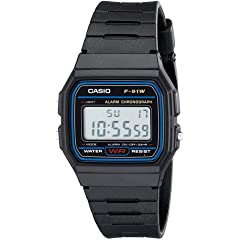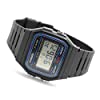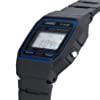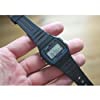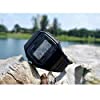Let’s be honest, who isn’t always in search of a good watch at a steal? But we’re not daft, are we? We know that when it comes to buying a watch “you get what you pay for”. Like most things in life, the quality of a watch is reflected in its price tag, but that doesn’t mean you can’t be savvy when it comes to bunching a whole load of desirable watch features together and seeing what you can get for your money. It can be done… And here’s how to do it…
What to look for in a quality watch
Recently we covered guides on how to choose the right watch case, strap, movement and glass for your budget. In each of those guides, there’s a high, mid-point and low price range option. What are you willing to compromise on? What features can you simply not do without? Do you need a robust watch for outdoor exploration or extreme sports? Do you want a watch face that won’t scratch whilst you’re enduring rigorous tasks at work? Is the precision and ease of a quartz watch the best option for you? Or is your heart set on a mechanical watch that won’t cost you the re-mortgaging of your house? Gather your thoughts and take a quick look at this guide, which pinpoints exactly what you need to look at when in search of a watch below or above the £500 mark respectively.
What can you expect for a watch under £500?
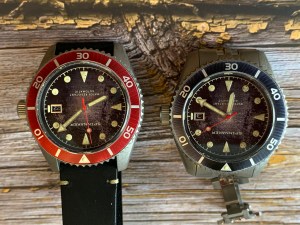 There’s not enough time in the world to list exactly what you can get for a watch on a budget of £500 and that’s partly because every watch brand offers a little something different. From micro brands that create off-the-wall designs but have them assembled in Hong Kong to Swiss brands that pride themselves on their rich heritage – the price spectrum of a budget watch these days really depends on what you want in a timepiece. You may compromise on a sapphire glass front and instead settle for plexiglass, for example. To keep their watches affordable, brands like Junghans, for instance, use plexiglass for their cases. They don’t necessarily shout it front the rooftops, but it’s nonetheless a durable enough material to keep the production costs of a watch down. For the £500 mark you can certainly pick up a reliable Swiss-made quartz movement, fitted inside a 316L stainless steel case from a luxury brand similar to Junghans.
There’s not enough time in the world to list exactly what you can get for a watch on a budget of £500 and that’s partly because every watch brand offers a little something different. From micro brands that create off-the-wall designs but have them assembled in Hong Kong to Swiss brands that pride themselves on their rich heritage – the price spectrum of a budget watch these days really depends on what you want in a timepiece. You may compromise on a sapphire glass front and instead settle for plexiglass, for example. To keep their watches affordable, brands like Junghans, for instance, use plexiglass for their cases. They don’t necessarily shout it front the rooftops, but it’s nonetheless a durable enough material to keep the production costs of a watch down. For the £500 mark you can certainly pick up a reliable Swiss-made quartz movement, fitted inside a 316L stainless steel case from a luxury brand similar to Junghans.
For straps, expect an imitation leather band, textile or rubber strap. That said, don’t let a low-end budget put you off exploring the market. Some of the oldest and most globally-recognised watch brands in the entire industry are producing remarkably impressive, quality watches for under £500 these days. Tissot, Frederique Constant, Movado, Raymond Weil and Hamilton are just a few examples. In addition to a plain steel model, you can get a rose or yellow gold-plated case for a watch priced at (or just under) this budget that will still replicate that high-end luxury “dress watch” feel.
Chronograph quartz watches can also be found within a £500 bracket, as well as smartwatches made by the likes of Fossil and Garmin for health and fitness fans. For an automatic watch under £500, you may be looking at a Japanese movement like a Miyota, which, for the money, will promise the reliability you’d expect of a budget-friendly automatic watch. Likewise, Seiko watches use in-house quartz and automatic movements that promise unbeatable accuracy.
What can you expect for a quality watch over £500?

To look at watches over £500 is also a task in itself, so to keep a simple guide “simple”, the advice would be to cover all the basics you’d expect from a quality wristwatch and consider that price tag to go up depending on the provenance of a watch manufacturer, and factors like its reputation, the desirability of the particular watch in question, and the complexity of its features. You can pick up a mechanical watch from the new or pre-owned market for as close to £500 as you like. For an in-house movement, however, the price tag goes up…and up…and up. Watch brands that come under the Swatch Group umbrella are renowned for their affordable automatic watches and that’s because many use ETA movements that are mass-produced on a huge scale. However, to own a watch powered by a meticulously crafted movement that has been designed, arranged and decorated by the hand of a skilled artisan working in an independent watch atelier, you can easily expect to spend five figures or more with the top dogs in the industry.
To sum up, what you need to remember when it comes to buying watches over £500 is that you should expect anything from 316L stainless steel to 18ct gold, titanium or ceramic cases, with at least 100-meter water resistance (unless a specialist dress watch design). Also, a case fitted with a sapphire crystal glass front (more than likely a transparent case back too), a mechanical movement (unless you’re opting for quartz specifically), a metal bracelet or genuine alligator/ calf leather strap, and a refined yet robust buckle.

